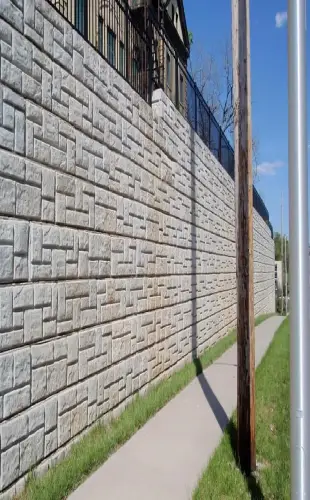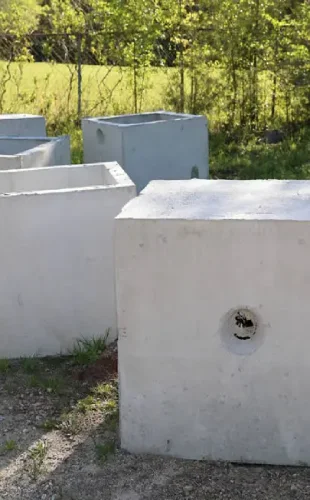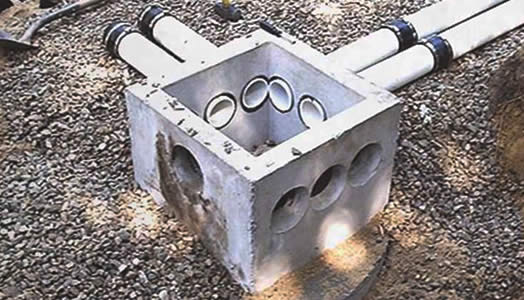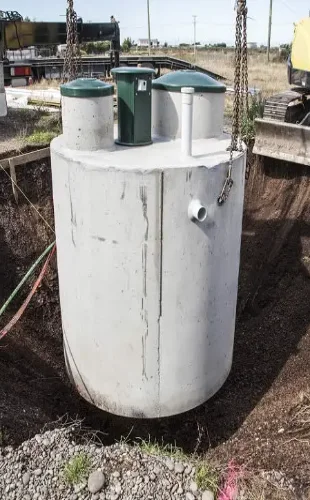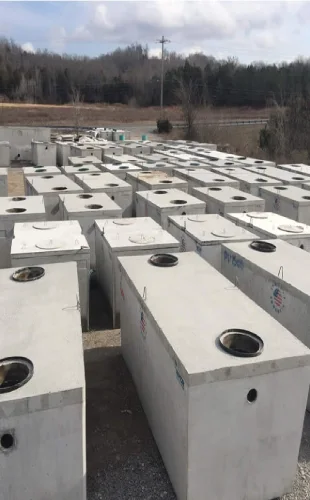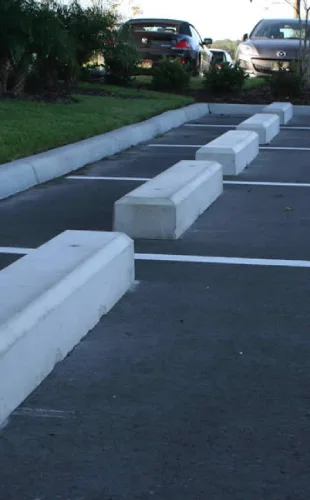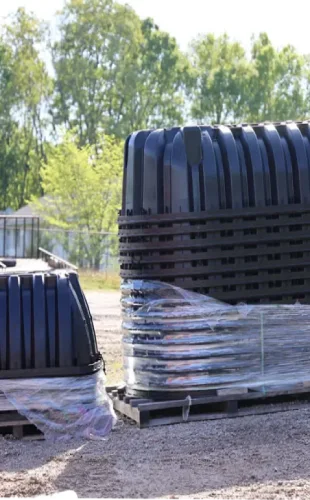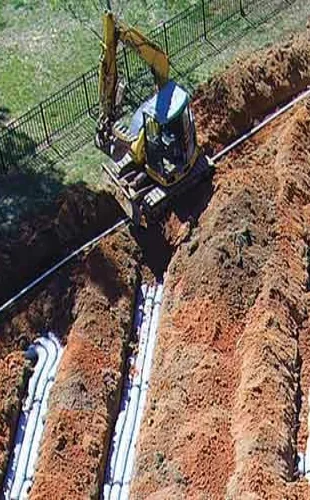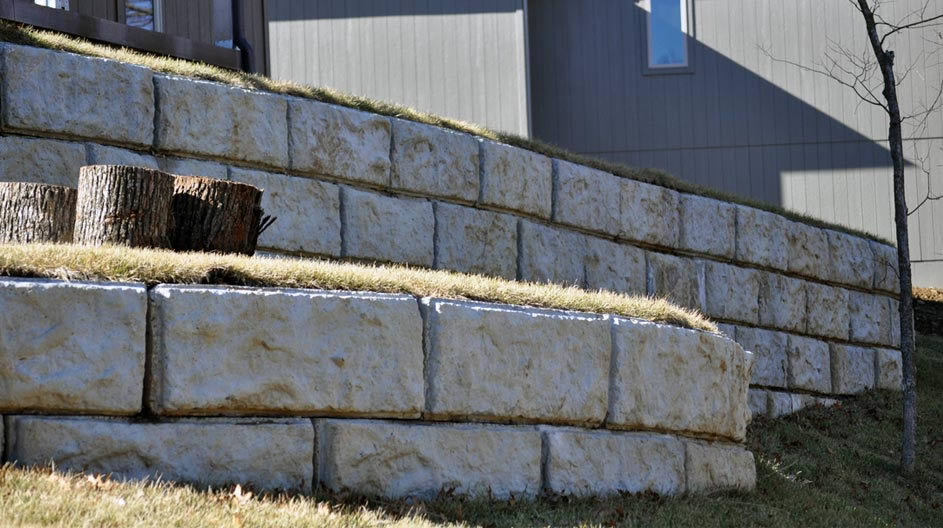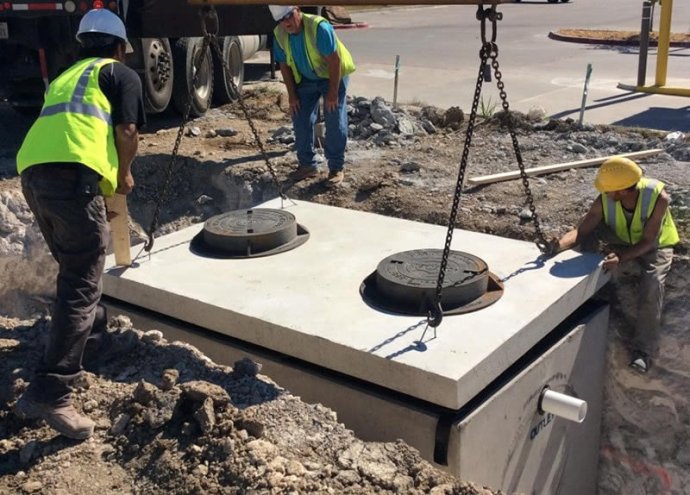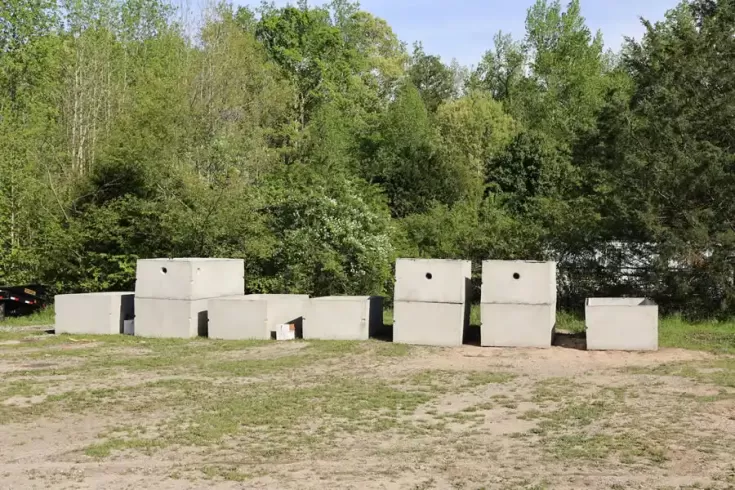Soil Erosion Prevention
As mentioned, retaining walls are practical barriers against soil erosion. If your property is on a sloping terrain, it might be time to consult a retaining walls supplier. Our trained experts can assess the landscape and design structures to hold back soil and prevent it from washing away during heavy rainfall or irrigation. Retaining walls maintains the integrity of your landscape and protects surrounding structures from damage. This preserves the aesthetics of our property and reduces the need for costly maintenance and repairs later.
Maximized Usable Space
Space is vital in commercial and industrial settings. One way to maximize land usability is by incorporating retaining walls. We recommend working with a reputable retaining wall manufacturer to create level terraces on sloped terrain. This will allow you to optimize space for various purposes, such as parking lots, outdoor seating areas, or landscaping features. In addition, enhanced efficiency in land use can enhance the functionality and profitability of your property without affecting other business needs.
Structural Support and Stability
The main benefit of retaining walls is arguably to provide structural support and stability to the surrounding land. Industrial facilities or commercial developments are usually on uneven ground or near water bodies, and retaining walls reinforces soil movement and sinking. If your facility is in a vulnerable location, schedule an inspection with a professional retaining walls supplier. Our contractors ensure even distribution of lateral pressure, preventing shifting or settling to maintain the integrity of buildings, infrastructure, and utility systems.
Enhanced Landscaping Opportunities
Another reason to consider retaining is to enhance the aesthetic appeal of your commercial or industrial facility. Reach out to a retaining walls manufacturer for thoughtful designs that seamlessly incorporate landscaping elements such as greenery, hardscaping features, and lighting, transforming your landscape into a visually stunning space. Whether creating a focal point, defining boundaries, or adding dimensionality to your outdoors, retaining walls can enhance your overall ambiance and curb appeal.
Improved Drainage Management
Effective drainage is vital for preventing water buildup and damage on commercial and industrial properties. Areas that experience frequent floods can benefit from retaining walls, as they redirect excess water away from structures and vulnerable areas. With these unique structures, you don’t have to worry about runoff and subsequent water-related damage to vegetation and infrastructure.
Long-Term Cost Savings
Lastly, investing in quality retaining walls can result in long-term cost savings for commercial and industrial property owners. Since these structures prevent erosion, minimize land disturbance, and enhance stability, there’s no need for extensive maintenance, repairs, and corrective measures in the future. Also, the improved functionality, aesthetics, and value-retaining walls contribute to higher property resale values and attract potential tenants or buyers.
Retaining walls offers many benefits for commercial and industrial properties. Contact Garrett Precast and schedule a consultation with our experts to integrate these versatile structures into your landscape design plans. We work with you to create a more resilient, attractive, and valuable environment that meets the diverse needs of your businesses and stakeholders.
